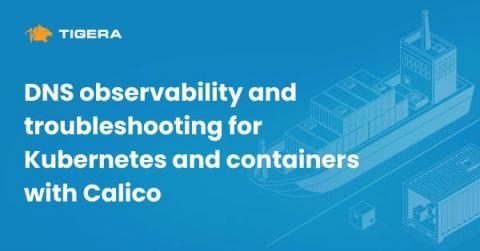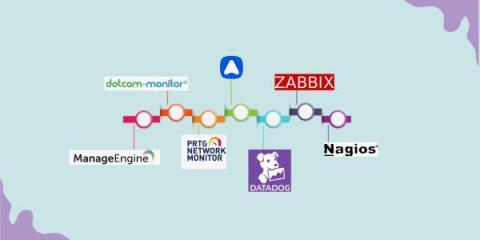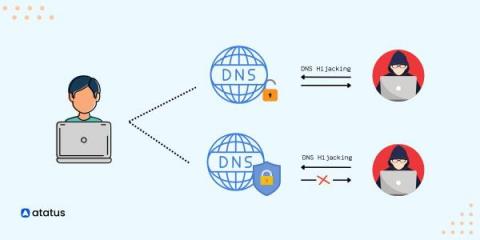Configuring Your DNS Server: A Step-by-Step Guide
The Domain Name System (DNS) is the backbone of the internet. Proper DNS configuration is essential for seamless internet connectivity and plays a central role in enhancing website performance. In this guide, we will explore DNS configuration and its importance and provide step-by-step instructions for configuring DNS servers on various platforms, as well as client settings.











